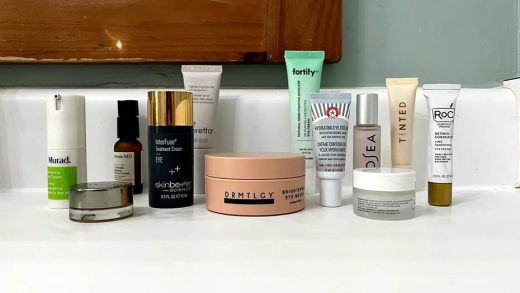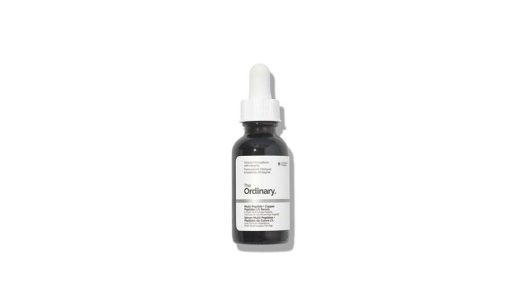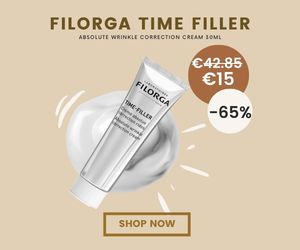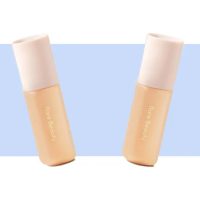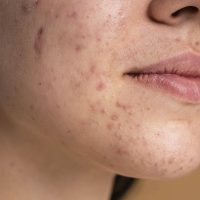As living pressures increase and environmental pollution becomes more severe, rosacea has gradually become a common skin problem, especially among young women. Unlike regular acne, rosacea is typically accompanied by facial redness, swelling, pustules, and inflammation, which can severely impact both the health of the skin and one’s confidence. Although rosacea can be distressing, the good news is that with proper care and scientific methods, we can effectively improve this skin issue and restore clear, flawless skin.
Unleash Your Adventure with Columbia Sportswear
– Where Style Meets Performance!
Elevate Your Outdoor Experience with Our Premium Gear – Explore, Conquer. and Look Good Doing It. Embrace the Elements in Columbia's Cutting-Edge Designs. Gear Up for Greatness, Unleash Your Inner Explorer!
Find your gearToday, I’d like to share some of my personal experiences in treating rosacea, helping you break free from skin troubles and reclaim that smooth complexion. Whether you’re in the early stages of rosacea or have been dealing with it for a while, as long as you follow the correct care routine, you can still have healthy, radiant skin.
1. What is Rosacea?
Rosacea (also known as inflammatory acne) is a more severe type of acne, often presenting as prominent red patches, swelling, and pustules on the skin, often accompanied by pain. Rosacea typically forms due to multiple factors, such as excess sebum secretion, clogged pores, bacterial infection, and immune responses. It not only leads to poor skin appearance but also may leave stubborn acne marks or scars.
Common Causes of Rosacea:
- Hormonal Fluctuations: Hormonal changes are one of the key factors contributing to rosacea, particularly during puberty, menstruation, pregnancy, or the use of birth control pills, as fluctuations in hormone levels stimulate sebaceous glands to produce more oil, increasing the risk of rosacea.
- Unhealthy Lifestyle Habits: Late nights, irregular eating habits, high-sugar and high-fat foods, smoking, and other unhealthy habits can all negatively impact skin health and contribute to rosacea outbreaks.
- Environmental Pollution: Pollutants such as dust, smoke, and chemicals in the air can irritate the skin and lead to clogged pores, triggering acne and rosacea.
- Stress: Psychological stress and emotional fluctuations can affect hormone levels and exacerbate skin problems. Anxiety and excessive tension can also be potential triggers for rosacea.
- Improper Skin Care: Over-cleansing, frequent use of harsh skincare products, and inadequate hydration or nourishment can damage the skin barrier, potentially triggering rosacea.
2. How to Effectively Care for Rosacea?
1. Gentle Cleansing, Avoiding Irritation
The skin with rosacea is usually more sensitive, so cleansing is the first crucial step in the care routine, but it’s important to avoid using harsh products. Choose a mild, non-irritating cleanser to clean your face in the morning and evening, removing excess oil and impurities while keeping the pores clear.
- Avoid Over-Cleansing: Many people tend to cleanse their face excessively when dealing with acne, thinking it will help remove oil and pimples. However, over-cleansing can damage the skin barrier, causing dryness and sensitivity, which worsens acne issues.
- Choose Fragrance-Free, Gentle Cleansers: Opt for cleansers that are alcohol-free and fragrance-free to minimize skin irritation, which helps prevent inflammation from worsening.
Recommended Product: CeraVe Hydrating Cleanser – This cleanser is gentle and nourishing, providing effective cleansing without drying out the skin and helping to restore the skin’s protective barrier.
2. Anti-Inflammatory Care to Soothe the Skin
One of the main characteristics of rosacea is inflammation, so anti-inflammatory care is essential. Ingredients like tea tree oil, aloe vera, centella asiatica, and witch hazel are natural and effective in reducing redness, swelling, and discomfort caused by inflammation.
- Use Anti-Inflammatory Skincare Products: Look for products with ingredients like salicylic acid or benzoyl peroxide that can effectively reduce inflammation and soothe irritated skin.
- Cold Compresses to Relieve Inflammation: For particularly swollen pimples, you can try applying an ice pack or cold towel to the affected area for a few minutes to help reduce inflammation and redness.
Recommended Product: La Roche-Posay Effaclar Sensitive Skin Soothing Cream – This cream is designed for acne-prone sensitive skin and helps to calm inflammation, reduce redness, and keep the skin fresh and calm.

3. Repairing the Skin Barrier and Hydration is Key
Rosacea-prone skin often loses moisture, leading to dryness and tightness. Therefore, maintaining proper hydration and repairing the skin barrier is crucial. Choosing the right moisturizer can help restore balance to the skin, alleviate dryness, and improve comfort.
- Choose Oil-Free Moisturizers: Avoid using products with high oil content, as oil may exacerbate the skin’s burden. Opt for lightweight, non-greasy moisturizers that help maintain the water-oil balance of your skin.
- Repair the Skin Barrier: For rosacea-prone skin, strengthening the skin barrier is especially important. You can use moisturizers containing ceramides, hyaluronic acid, and other reparative ingredients to enhance the skin’s protective functions, reducing external irritants.
Recommended Product: Avene Cicalfate Restorative Skin Cream – This cream is rich in natural spring water and has a powerful repairing effect, effectively calming rosacea skin, reducing redness and irritation.
4. Anti-Bacterial and Oil Control to Reduce Acne Formation
To reduce rosacea flare-ups, controlling sebum production and inhibiting bacterial growth is necessary. Choose products that contain anti-bacterial ingredients, such as salicylic acid and benzoyl alcohol, which can effectively clean the pores and reduce the formation of acne.
- Use Skincare Products with Salicylic Acid: Salicylic acid can penetrate the pores, removing clogged oil and dead skin cells, reducing acne and rosacea outbreaks.
- Opt for Oil-Control Products: Using an oil-control toner or serum can help balance oil production, preventing acne and flare-ups.
Recommended Product: The Ordinary Salicylic Acid 2% Solution – This serum contains 2% salicylic acid, which deeply cleanses the pores, reduces sebum production, and helps prevent rosacea and acne.

5. Maintaining Healthy Lifestyle Habits
Good lifestyle habits are the foundation of preventing and improving rosacea. Maintaining a regular sleep schedule, eating healthily, and getting moderate exercise can help improve hormonal balance, reduce skin inflammation, and keep rosacea at bay.
- Get Enough Sleep: Lack of sleep can slow down skin metabolism, increasing the likelihood of acne flare-ups. Aim for 7-8 hours of sleep per night to allow the skin to repair and regenerate.
- Eat a Healthy Diet: Avoid high-sugar and high-fat foods, and consume more fruits and vegetables rich in vitamins and minerals to support healthy skin.
While rosacea is a common skin problem, with the right approach and care, it can be effectively managed and improved. Through gentle cleansing, anti-inflammatory treatment, skin barrier repair, and bacterial control, we can reduce rosacea flare-ups and restore clear, smooth skin.
I hope the methods shared today will help you improve your rosacea issue and get back to healthy, beautiful skin. If you’re uncertain about which skincare products to choose, I’ve recommended several international brands that have been proven effective in treating rosacea. These products can help improve your skin and boost your confidence.
Remember, beautiful skin comes from scientific care and healthy lifestyle habits. Let’s take good care of every inch of our skin and welcome a more confident version of ourselves!
